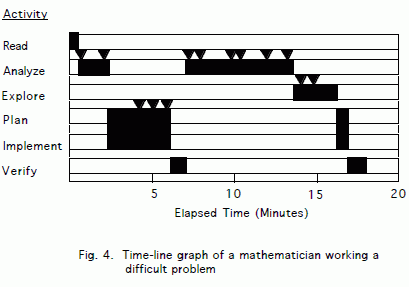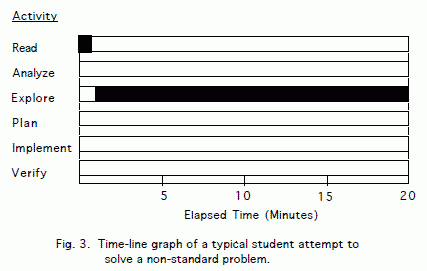While there is no consensus yet as to a precise definition of this term, mathematical modeling is generally understood as the process of applying mathematics to a real world problem with a view of understanding the latter. One can argue that mathematical modeling is the same as applying mathematics where we also start with a real world problem, we apply the necessary mathematics, but after having found the solution we no longer think about the initial problem except perhaps to check if our answer makes sense. This is not the case with mathematical modeling where the use of mathematics is more for understanding the real world problem. The modeling process may or may not result to solving the problem entirely but it will shed light to the situation under investigation. The figure below shows key steps in modeling process.
Mathematical modeling approaches can be categorized into four broad approaches: Empirical models, simulation models, deterministic models, and stochastic models. The first three models can very much be integrated in teaching high school mathematics. The last will need a little stretching.
Empirical modeling involves examining data related to the problem with a view of formulating or constructing a mathematical relationship between the variables in the problem using the available data.
Simulation modeling involve the use of a computer program or some technological tool to generate a scenario based on a set of rules. These rules arise from an interpretation of how a certain process is supposed to evolve or progress.
Deterministic modeling in general involve the use of equation or set of equations to model or predict the outcome of an event or the value of a quantity.
Stochastic modeling takes deterministic modeling one further step. In stochastic models, randomness and probabilities of events happening are taken into account when the equations are formulated. The reason behind this is the fact that events take place with some probability rather than with certainty. This kind of modeling is very popular in business and marketing.
Examples of mathematical modeling can be found in almost every episode of the TV hit drama series The Numbers Behind NUMB3RS: Solving Crime with Mathematics
The series depicts how the confluence of police work and mathematics provides unexpected revelations and answers to perplexing criminal questions. The mathematical models used may be way beyond K-12 syllabus but not the mathematical reasoning and thinking involve. As the introduction in each episode of Numbers says:
We all use math every day;
to predict weather, to tell time, to handle money.
Math is more than formulas or equations;
it’s logic, it’s rationality,
it’s using your mind to solve the biggest mysteries we know.
The Mathematics Department of Cornell University developed materials on the mathematics behind each of the episodes of the series. You can find the math activities in each episode here.
The challenge in mathematical modelling is “. . . not to produce the most comprehensive descriptive model but to produce the simplest possible model that incorporates the major features of the phenomenon of interest.” -Howard Emmons





